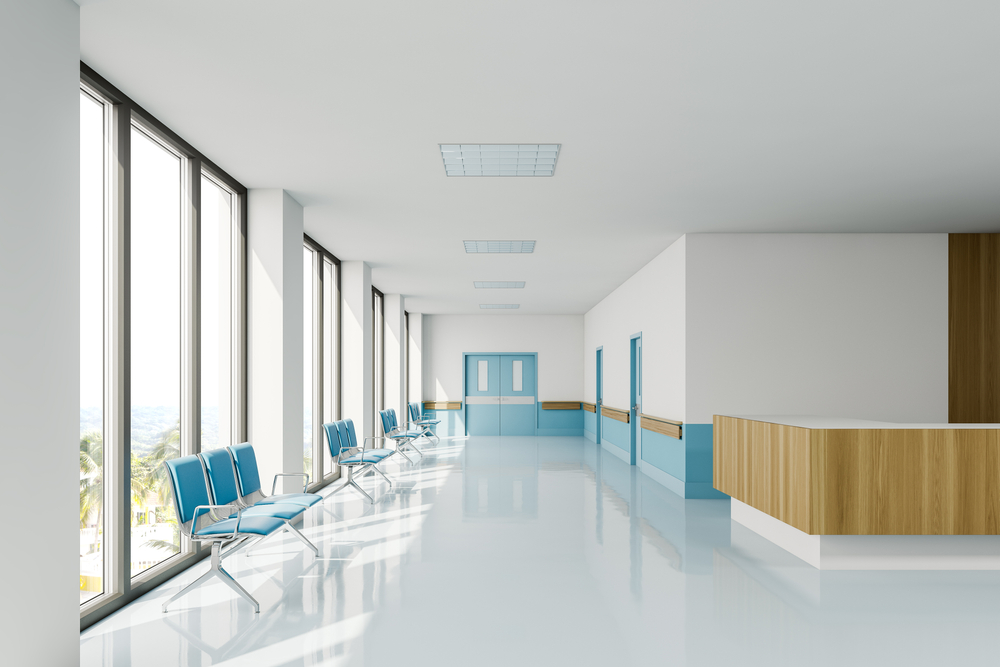Efficiency is a cornerstone in healthcare design and has a direct correlation to enhancing patient experiences, ensuring staff productivity, and reducing energy consumption. One strategy healthcare designers can employ to optimize efficiency is by incorporating occupancy sensors connected to lights. Doing so enables illumination only when rooms are occupied. In this article, we will explore the benefits of incorporating occupancy sensors into healthcare facility design and highlight key considerations for maximizing their potential.
Benefits of Occupancy Sensors in Healthcare Settings
Energy Efficiency
By automatically turning lights on and off based on occupancy, occupancy sensors significantly reduce energy consumption. This not only aligns with sustainability goals but also leads to considerable cost savings for healthcare facilities over time.
Enhanced Patient Care
Efficient lighting plays a vital role in patient-centered care. With occupancy sensors, rooms remain illuminated when occupied, ensuring safety and security while minimizing power wastage during vacant periods. Patients can rest peacefully without interruptions caused by unnecessary lighting adjustments.
Staff Productivity and Satisfaction
For healthcare professionals, reliable and tailored lighting conditions are pivotal in delivering quality care. Occupancy sensors provide an optimized environment that supports accurate assessments, seamlessly documenting patient information, and performing procedures efficiently. This not only increases staff productivity but also enhances their job satisfaction and well-being.
Key Considerations for Configuring Occupancy Sensors in Healthcare Design
Placement and Coverage
Strategic placement of occupancy sensors is crucial for optimizing their functionality. Ensure that sensors are installed in areas where motion is easily detected, such as entrances, examination rooms, corridors, and patient rooms. Collaborate with lighting experts during the planning stage to identify the most effective placements, guaranteeing comprehensive coverage without false triggers.
Adjustable Settings
Occupancy sensors should allow healthcare staff to adjust sensitivity levels and lighting preferences as per specific requirements. This flexibility ensures proper functionality in different scenarios, such as sensitive patient areas where lower light levels are necessary at specific times of the day or night.
Integration with Lighting Management Systems
To achieve maximum efficiency, occupancy sensors should be seamlessly integrated with a central lighting management system. This integration enables the sensors to work in harmony with other lighting control strategies, such as daylight harvesting, task tuning, and scheduled lighting controls. A comprehensive lighting control system helps optimize energy use while ensuring the perfect balance between illumination and patient/staff comfort.
Regular Maintenance and Testing
As with any technology, ongoing maintenance, and testing are crucial to guarantee proper functionality. Regular checks and updates should be performed to ensure the occupancy sensors are free from any glitches or malfunctions. Facilities should establish clear procedures for monitoring and addressing any issues promptly to avoid disruptions and maintain a consistently efficient lighting system.
A Valuable Strategy
Efficiency in healthcare design extends beyond architectural aesthetics and functionality; it encompasses sustainability, patient care, and staff productivity. Integrating occupancy sensors into lighting systems is a valuable strategy for optimizing energy consumption while ensuring room illumination aligns precisely with occupancy needs. Healthcare designers must consider factors such as sensor placement, adjustable settings, integration with lighting control systems, and regular maintenance to leverage the full potential of occupancy sensors in healthcare facilities. By doing so, designers contribute to creating sustainable and patient-centric healthcare environments.



